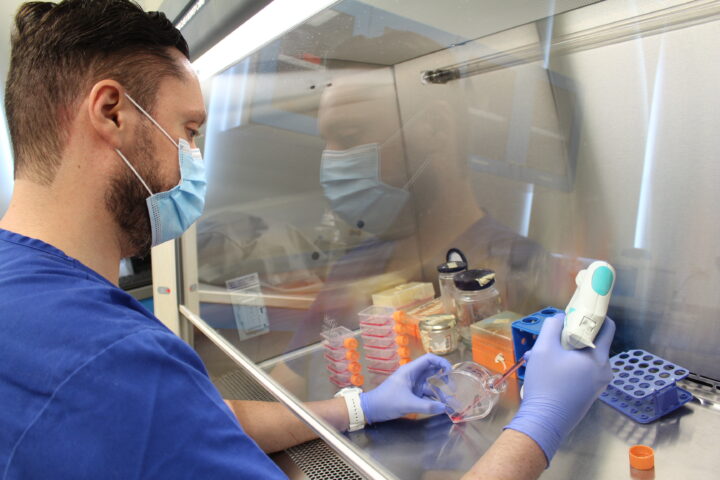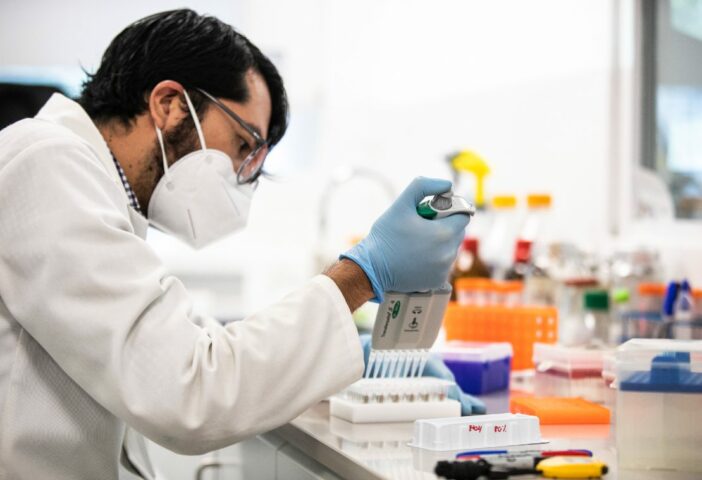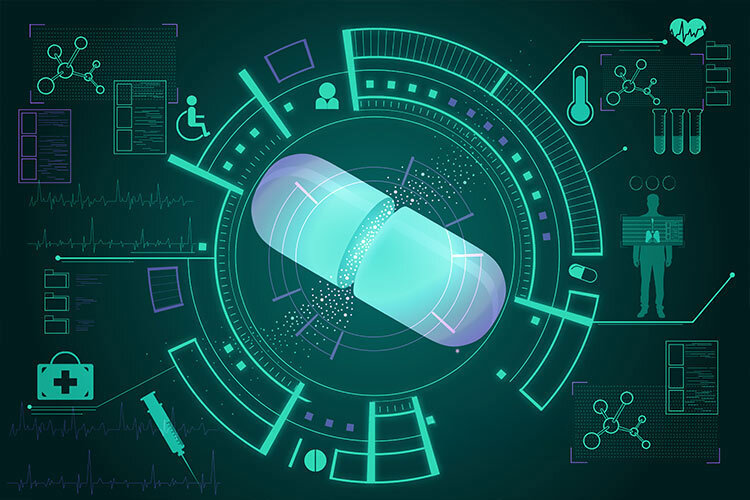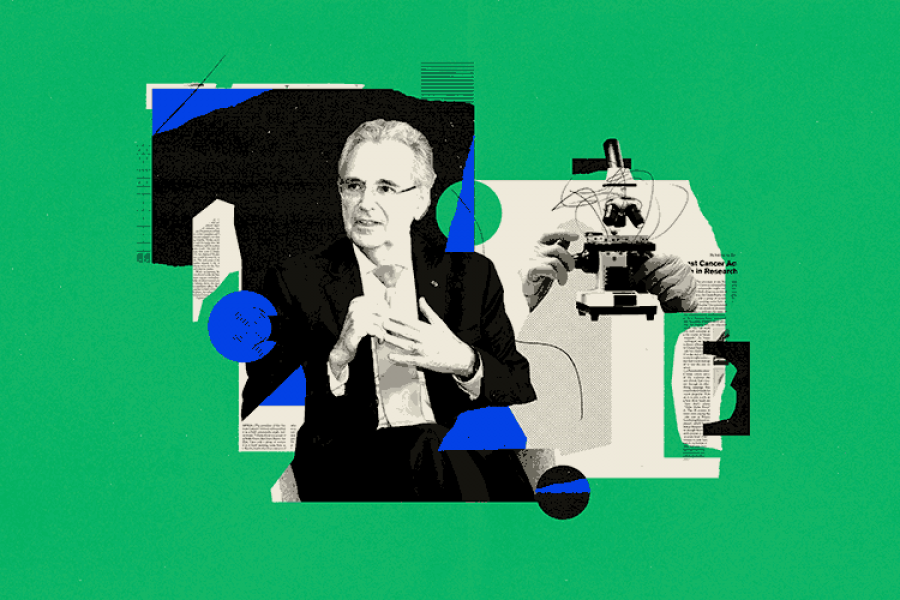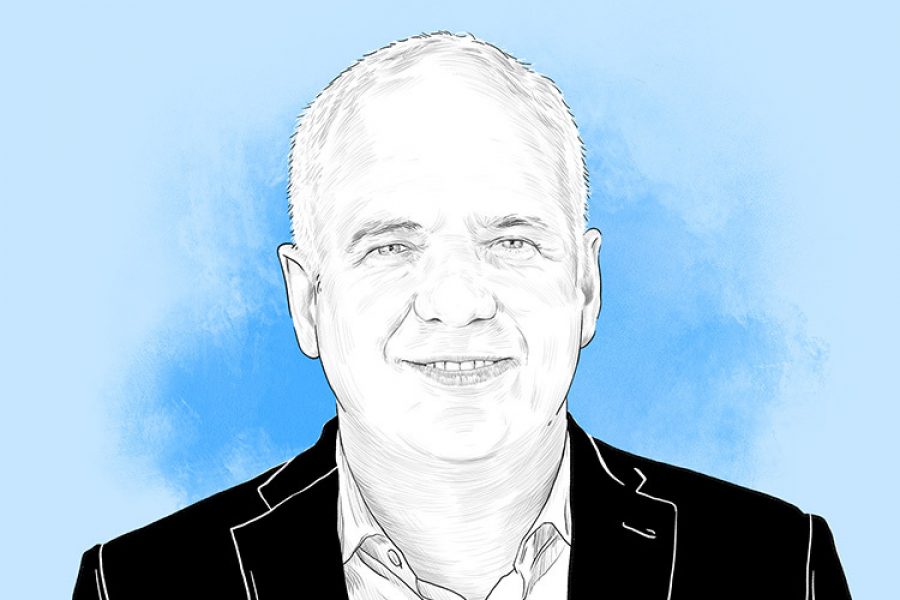Treating rare diseases is not easy. In general, they are not well known, so diagnosing them accurately –and in time– and having the needed medications or interventions can be complicated.
Consuelo Cantú, a researcher and doctor specialized in clinical genetics at the School of Medicine and Health Sciences of Tec de Monterrey, experienced this firsthand when, together with a multidisciplinary team, she cared for a nine-month-old patient who was diagnosed with mucopolysaccharidosis type I (MPS I), also known as Hurler Syndrome.
“The syndrome is part of a group of diseases where lysosomes fail,” explains Cantú in an interview with TecScience.
Lysosomes are compartments within cells responsible for breaking down molecules and other elements. When these fail, the molecules can accumulate and cause different symptoms.
In Hurler Syndrome, what is missing is an enzyme called alpha-L-iduronidase, which is responsible for breaking down a type of sugars called glycosaminoglycans, which are present in some foods, such as egg whites.
“When they can’t be broken down, they accumulate in different organs and cause damage,” explains Cantú. The main organs or systems affected are the central nervous system, the cardiovascular system, the liver, the spleen, the spine, the joints, and the skin.
The disease can generally be mild or severe and has multiple symptoms. In the case of the little boy who was diagnosed by the team, these were breathing difficulties, macrocephaly, a pronounced growth on the head, an enlarged liver, an umbilical hernia, and a spinal disorder that causes people to slouch.
“Diagnosing and treating him was a battle,” says Cantú.
Hurler Syndrome and Other Rare Diseases: The Importance of an Early Diagnosis
The little boy was treated by an interdisciplinary group of health experts, including Cantú, Diana Laura Vazquez, Héctor Cruz, and Arlette Narváez, who published his case to provide scientific evidence of the need to provide timely diagnosis and treatment for this type of condition.
After making an accurate diagnosis, the team was able to get him a suitable treatment, which consisted of an enzyme replacement, an intravenous transfusion of blood containing the missing enzyme– and a bone marrow transplant.
“The transplant was successful, with more than 100% chimerism, meaning it was compatible and accepted by the patient,” says Cantú.
Today, he is an almost eight-year-old boy who has improved physically, goes to school and can communicate with others.
However, although the case was successful, and Cantú thanked her team, the patient, and his parents for all their work, the diagnosis could have come sooner.
“The peculiar thing about this disease is that children are born with good weight; they cry and breathe at birth, not showing any signs that they could be sick,” she says.
It is necessary to perform an expanded metabolic screen for 76 diseases to detect it. This test involves taking a blood sample from the newborn to detect congenital illnesses.
“In the case of this little boy, they had screened him for only 69 diseases, so we detected it (MPS I) until the disease was manifesting itself,” says Cantú. If it had been detected earlier, his treatment could have started before any symptoms appeared.
Rare Diseases in Mexico and The World
According to the World Health Organization (WHO), rare diseases occur in fewer than five people per 10,000 inhabitants. Around 7,000 are recognized worldwide, and 20 are in Mexico.
It is estimated that about 8% of the world’s population suffers from them, and some examples include Turner Syndrome, hemophilia, spina bifida, cystic fibrosis, and congenital hypothyroidism.
Although their name refers to the fact that they are infrequent, these conditions are much more than that. “They are accompanied by many shortcomings, such as specific treatments or well-defined diagnostic tests,” says Cantú.
According to the researcher, these diseases tend to be severe, chronic, and progressive, sometimes affecting multiple organs and systems.
This and the pharmaceutical companies’ lack of interest in creating specific medications for them complicates their treatment. This is why it is essential that early diagnosis becomes a priority.
“It is important that as health specialists, we do our part to allow people who suffer from them to find treatment in a timely manner,” says Cantú.
For her, the case of the little boy they treated symbolizes the need to ensure that the right to have complete screening at birth is exercised in Mexico, regardless of whether the baby is born in a private or public hospital.
Also, doctors and pediatricians should be sensitized to perform these and other tests at birth to achieve timely detection of any diseases they may have.
“We could be facing a case where early diagnosis and treatment are the only opportunity to improve their quality of life,” she concludes.

